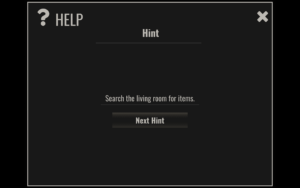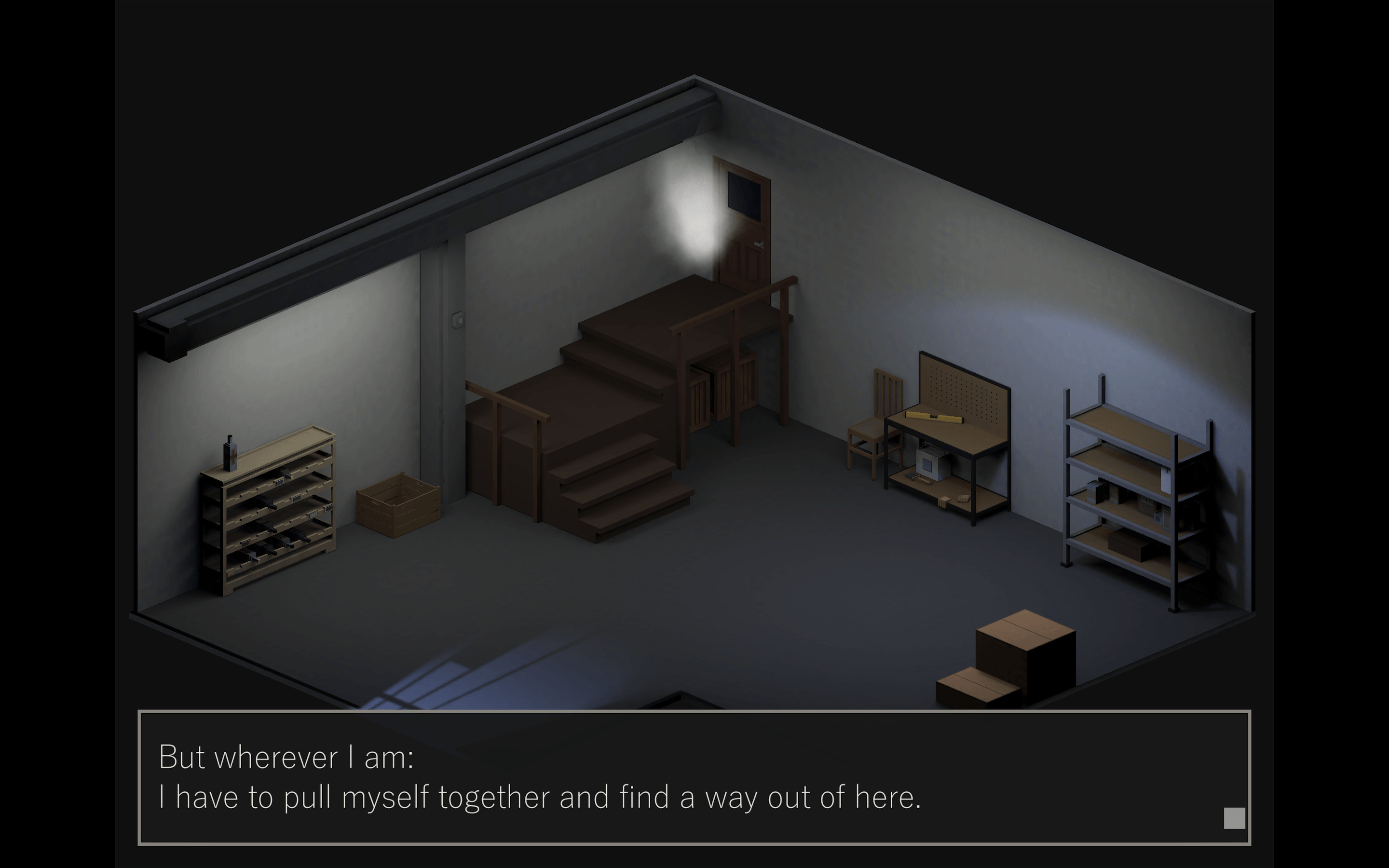NOX is an iOS/Android escape room game by Everbryte that starts with you, the player, in a locked cell with zero context of how you got there or why you were there in the first place or who you even are. The goal of the game is to slowly discover the answers to all the questions you have upon starting the game. NOX is for the curious person who enjoys solving puzzles and discovering the truth. Based on how generous this game is with hints and the protagonist’s comically obvious observations, I initially thought this game was tailored for children. After playing the game some more, I noticed that most of the clues require having a keen eye and thinking critically about past and present hints. As a result, I now think that NOX is better suited for people aged 13 and up.
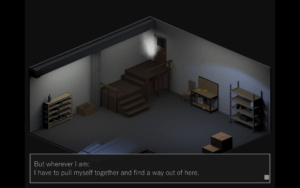
NOX has an embedded narrative which is told by the protagonist’s internal monologue as the player comes across different objects and rooms. You get to know a little bit about the protagonist through their observations like the fact that they love thrillers and have read most of them on the book shelf they came across which also hints at a connection between them and the person who kept them captive. The protagonist’s internal monologue is helpful in guiding the player away from objects that, at least in that moment, don’t matter. There seems to be a solid balance between the protagonist’s obvious observations and remarks that are purposefully vague to keep the player thinking about the mystery.
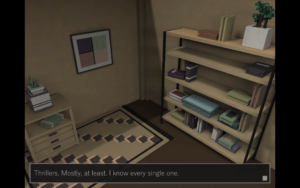
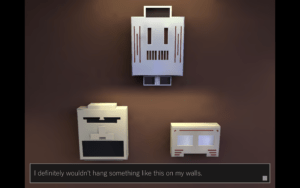
The mechanics in this game are simple and involve rotating rooms, moving between them, collecting clues/artifacts/tools, and putting everything you gather together to solve the mystery of how and why you ended up in a cell. To help with not having to retain every piece of information, you also have access to a map of the house and an inventory in which your artifacts are stored. There are also artifacts that don’t get stored in your inventory like “Teddy” but tell parts of the story in a vague and mysterious way. The fun and satisfaction comes from growing the internal information inventory in your brain by getting new clues and connecting them with old ones to solve one piece of the puzzle.
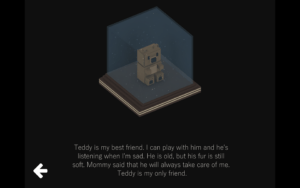
I quickly picked up on the game’s interaction loop of clicking things and acquiring tools. I feel as if the game’s mechanics play a huge role in this loop and foster a dynamic of me very childishly clicking and touching every object in every room as a desperate attempt to gain informational feedback. There were moments in the game where I felt lost and not really motivated to finish the game because, to me at least, the narrative wasn’t entirely captivating and I was tired of just mindlessly clicking everywhere. But then … I discovered hints! The hints were great in helping guide me without revealing too much. While the hints extended my playtime, I still don’t think I would continue playing this game. I didn’t enjoy feeling desperate and just touching everything. I would improve this aspect of the game by including video clips of that reveal parts of the narrative but not in chronological order so it still keeps the player on their toes and slightly confused.
